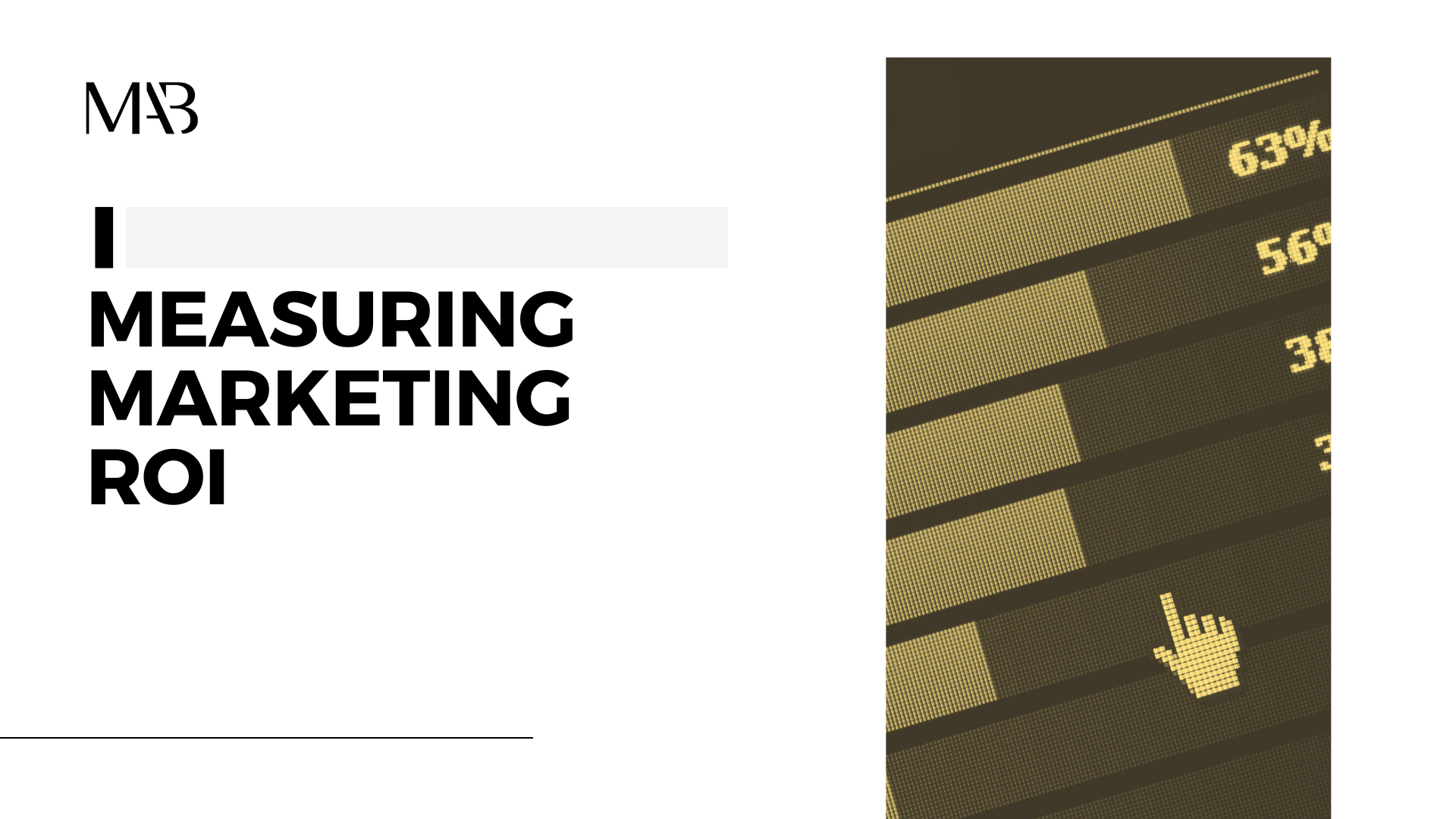Measuring Marketing ROI
In the ever-evolving landscape of marketing, one question looms large for businesses of all sizes: Are our marketing efforts paying off? This is where measuring Return on Investment (ROI) becomes crucial. For marketers, it’s not just about executing strategies; it’s about quantifying their impact and optimizing accordingly. In this guide, we’ll delve into the intricacies of measuring marketing ROI, exploring techniques, tools, and best practices to help you navigate this essential aspect of business success.

Understanding Marketing ROI
ROI is a financial metric used to evaluate the profitability of an investment relative to its cost. In marketing, ROI measures the revenue generated from marketing activities compared to the cost of those activities. While it sounds straightforward, determining marketing ROI can be complex due to the multitude of channels and variables involved.
Key Metrics for Measuring Marketing ROI
Customer Acquisition Cost
This metric calculates the average cost to acquire a new customer. Divide your total marketing expenses by the number of new customers acquired within a specific time frame to determine CAC.
Customer Lifetime Value
CLV predicts the total revenue a customer will generate over their lifetime with your business. Understanding CLV helps you allocate resources effectively and prioritize high-value customer segments.
Attribution Modeling
Attribution models assign credit to various touch points along the customer journey, attributing conversions to specific marketing channels. Common models include first-touch, last-touch, and multi-touch attribution.
Marketing Contribution Margin
This metric measures the profitability of marketing activities by subtracting the variable costs associated with marketing campaigns from the revenue generated.
Tools for Measuring Marketing ROI
Google Analytics
A versatile tool that provides insights into website traffic, user behavior, and conversion tracking. Utilize features like UTM parameters and goal tracking to attribute conversions to specific marketing campaigns.
Customer Relationship Management (CRM) Software
Platforms like Salesforce, HubSpot, and Zoho CRM allow you to track interactions with leads and customers, providing valuable data for calculating ROI.
Marketing Automation Platforms
Tools such as Marketo, Mailchimp, and HubSpot automate marketing processes and offer reporting features to track campaign performance and ROI.
Attribution Software
Dedicated attribution platforms like Google Attribution, Adobe Analytics, and Bizible provide advanced attribution modeling capabilities to accurately measure the impact of marketing channels.
Best Practices for Improving Marketing ROI
Set Clear Goals
Define specific, measurable objectives for your marketing campaigns to align efforts with business objectives.
Segment Your Audience
Tailor your marketing messages to different audience segments based on demographics, behavior, and preferences to improve relevance and effectiveness.
Test and Iterate
Continuously test different strategies, channels, and messaging to identify what resonates best with your audience and optimize ROI over time.
Integrate Data Sources
Consolidate data from various sources, including web analytics, CRM, and marketing automation platforms, to gain a holistic view of marketing performance and ROI.
Conclusion
Measuring marketing ROI is essential for driving informed decision-making and maximizing the impact of your marketing efforts. By understanding key metrics, leveraging appropriate tools, and following best practices, businesses can gain valuable insights into the effectiveness of their marketing strategies and allocate resources more efficiently. Remember, measuring ROI is not just about proving value; it’s about improving it continuously to achieve long-term success in a competitive marketplace.

No responses yet